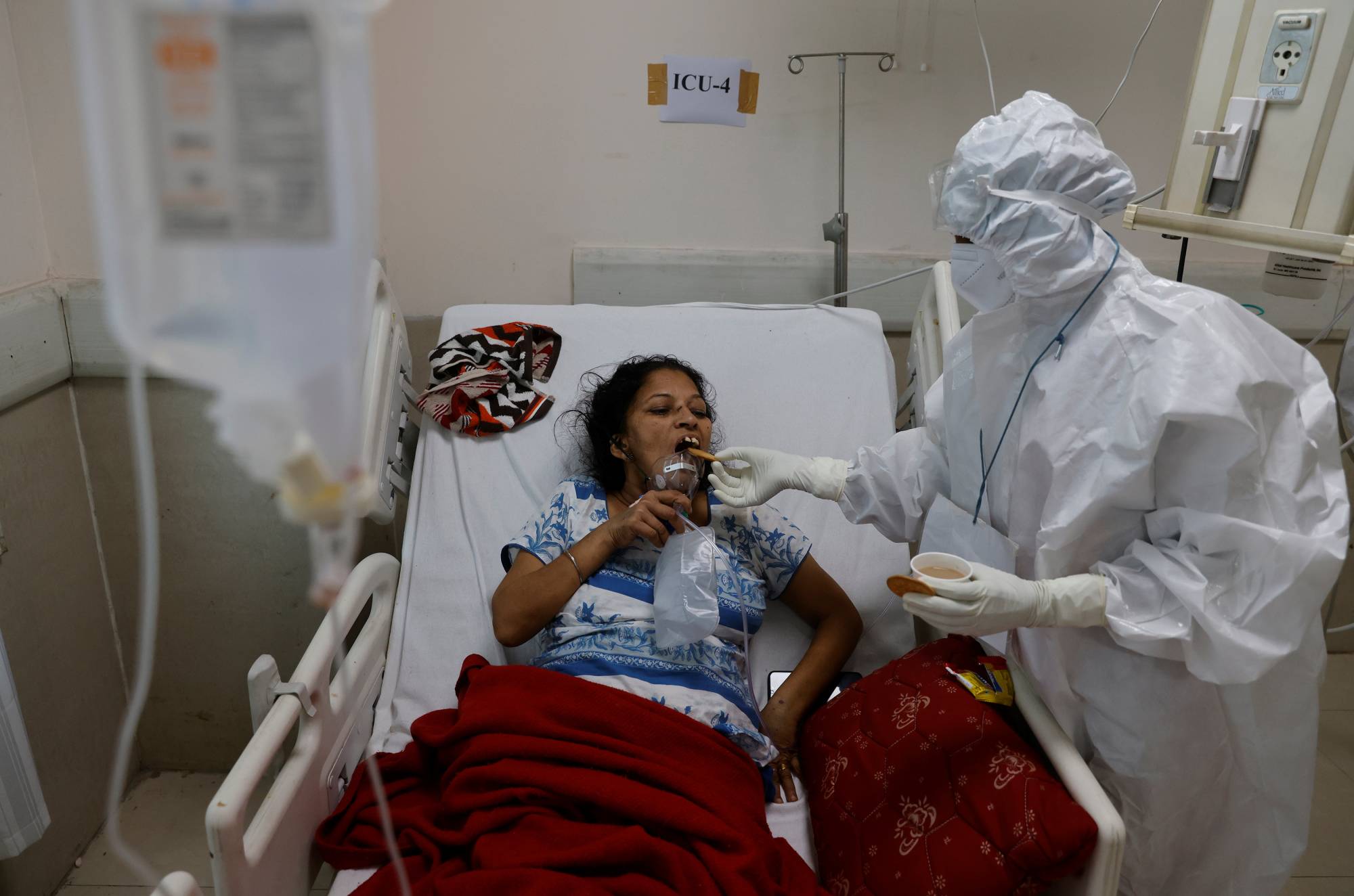A thick layer of dust and scatterings of dried animal excrement covered the deserted intensive care unit in Amravati, a small city nestled in a far-flung, rural district in central India. Rows of hospital beds lay empty next to sets of unplugged ventilators on a recent afternoon and only the sound of roosting pigeons punctured the ghostly silence.
The uneasy calm contrasted starkly with the chaotic scenes in early 2021 that confronted Ravi Bhushan, a 44-year-old doctor based in this cotton-growing region about 650 kilometers east of Mumbai. Toward the end of January, Amravati and its surrounding districts began to register a number of sudden and explosive coronavirus outbreaks, just as the rest of India saw a lull after a first nationwide wave of infections.
Unknown at the time, Amravati’s flare-ups were the first visible warning that the SARS-CoV-2 variant now known as delta had started along its devastating path. Within weeks, thousands of people flooded Amravati’s underfunded health care network as the city turned into Ground Zero for what would become the most confounding version of the pathogen first identified in Wuhan, China, a year earlier.

















With your current subscription plan you can comment on stories. However, before writing your first comment, please create a display name in the Profile section of your subscriber account page.